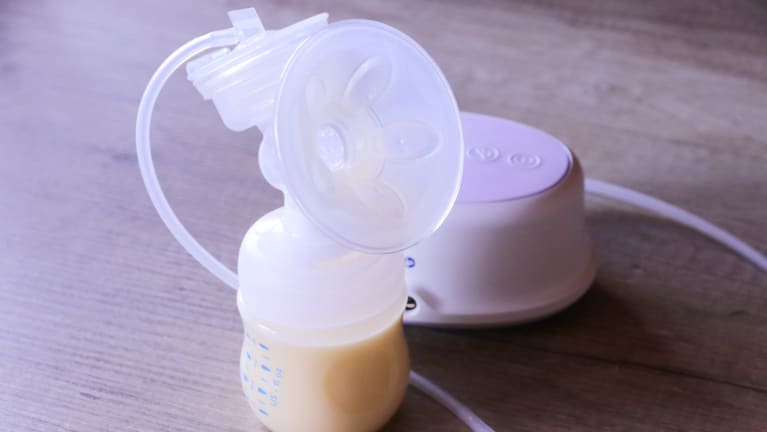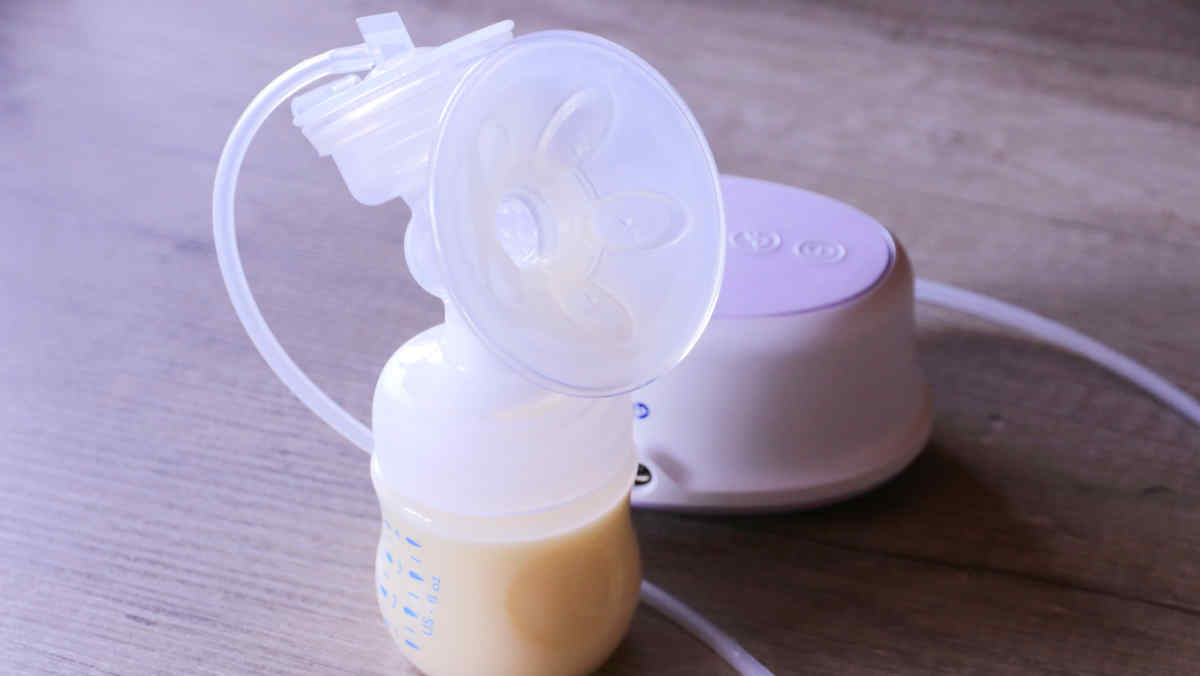

?New guidance from the U.S. Department of Labor (DOL) answers some questions employers might have about complying with break time and space requirements under the federal Providing Urgent Maternal Protections for Nursing Mothers (PUMP) Act.
In 2010, the Patient Protection and Affordable Care Act amended the Fair Labor Standards Act (FLSA) to mandate reasonable break times and space requirements for nursing employees to pump at work. This applied only to nonexempt employees. On Dec. 29, 2022, the PUMP Act was signed into law, extending lactation protections to exempt workers, covering about 9 million employees who were not previously covered, according to the DOL. The law doesn’t cover certain workers in the transportation industry.
The federal guidance includes specific examples to illustrate reasonable break times, prohibited retaliation and compensation due to nonexempt workers who took a lactation break.
Under the FLSA, employers cannot retaliate against workers for exercising their lactation rights or filing a complaint about a legal violation. Companies with fewer than 50 employees can be exempt from the PUMP Act’s provisions if they demonstrate compliance would impose an undue hardship.
“Proving undue hardship is a tall order and not to be used as a defense lightly,” said Alexis James, an attorney with Hall Benefits Law in Calabasas, Calif.
If an employer violates the law, remedies may include reinstatement, promotion, payment of wages lost, liquidated damages and punitive damages.
Break Rules
The PUMP Act requires employers to provide a reasonable break each time a nursing employee has a need to express milk for one year after the child’s birth. There is no maximum number of breaks, so nursing employees are entitled to take as many as needed that day. The frequency, duration and timing of breaks aren’t the same for each person. They can vary based on factors unique to each employee and child.
“An employer and employee can agree to create a break schedule based on the nursing employee’s needs to pump, but [the DOL] cautions that the schedule may not be static. The schedule may need to be adjusted over time as the needs of the nursing employee change,” said Mark Phillis, an attorney with Littler in Pittsburgh.
Furthermore, employers cannot require nursing workers to make up the time they spent on pump breaks because adding work time to their normal schedule could be considered an adverse action made in retaliation for exercising their lactation rights.
“The most important thing for business owners to ensure is that all members of management are aware of the protections afforded to employees,” James said. Supervisors could “unknowingly open the door to liability by making statements like, ‘How many times do you have to pump?’ or ‘Just find somewhere to do it and don’t take too long.’ “
Time spent pumping milk is considered hours worked if the employee is not completely relieved from work during the entire break. If a nonexempt employee continues to work, or is interrupted during the break, they must be paid for the entire break. Exempt employees receive their full weekly salary, regardless of pumping breaks.
Space Rules
Employers must provide a place, other than a bathroom, that is shielded from view and free from intrusion in which the employee can pump. Employers may designate a vacant office or storage room with a door that closes and covered windows for use by nursing employees. Alternatively, employers may use partitions or privacy screens, as long as the person using the space is shielded from view and free from intrusion from co-workers and the public. The employer can ensure privacy with a door lock or signage that indicates when the space is in use, the guidance states.
The space must be functional for the employee. “Employees must be able to safely store milk while at work, such as in an insulated food container, personal cooler or refrigerator,” Phillis said. The DOL “recommends that the space provide access to electricity, since it generally takes more time to use a battery-operated pump than an electric one. It also recommends that employers provide a location close to a sink to make it easier for employees to wash their hands and clean pump parts, all of which is part of the reasonable break time provided by the PUMP Act.”
To determine whether more than one lactation space is needed, employers should take into consideration the number of nursing employees and their work schedules, the guidance notes.
Remote Workers
Remote workers are entitled to take lactation breaks on the same basis as if they were working onsite, the guidance states. Like those at the worksite, remote workers have a right to be shielded from view during a pump break. This means that they must be free from observation by any employer-provided or required video system, including a computer camera, security camera or Web-conferencing platform, when they are pumping.

